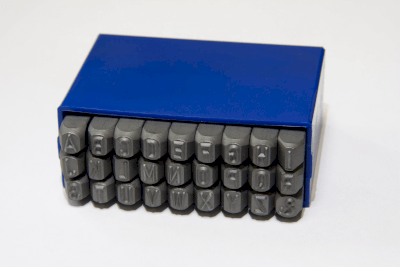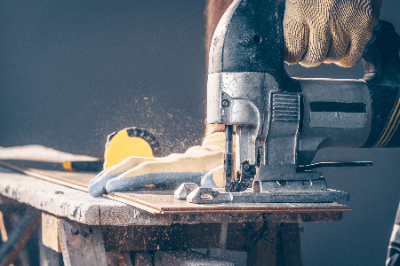What Is a Special Hinge?
Unlike a normal hinge, which typically has a simple single-shaft mechanism, a special hinge is a hinge with multiple shafts and other functions. Doors cannot be opened and closed without hinges, so hinges are always used in door installations. When you want to open or close a door in either direction, instead of either inward or outward, you need to install a free hinge, one of the special hinges, on the door, instead of a normal hinge.
Uses of Special Hinges
Special hinges are particularly useful for doors that require more complex opening and closing mechanisms. Depending on their shape and function, special hinges are installed on doors that can open inward and outward, which is not the normal opening and closing motion. There are also hinges that contain dampers that allow the opening and closing conditions to be adjusted in the middle of the hinge, such as those used for notebook computers. When using ordinary hinges to open and close doors, steps and gaps are created, but some hinges used for TV boards and the like do not create steps or gaps and are used for doors that open downward.
Principles of Special Hinges
Special hinges are designed not only for standard doors but also for specific applications such as furniture lids and large doors in shopping malls. Long hinges are used for furniture lids with a long single side, such as piano keyboard lids, because they can prevent the wings and shaft of the hinge from being damaged under load.
For spring hinges, since a spring is built into the shaft, when a door with a spring hinge is opened, a force is exerted in the direction of closing the door. Therefore, when you let go of your hand, the door will automatically close. Spring hinges are often used on relatively small doors, and some doors can be opened in both directions, either inward or outward.
Glass hinges are used for glass or acrylic doors. They are used for doors in commercial facilities such as shopping centers. There are types that are attached to glass doors and acrylic doors, and types that are installed by drilling holes in the door itself.
In most cases, however, special hinges can be used on doors to increase the degree of freedom of movement for opening and closing doors, and there are hinges that can be used with a variety of materials.

